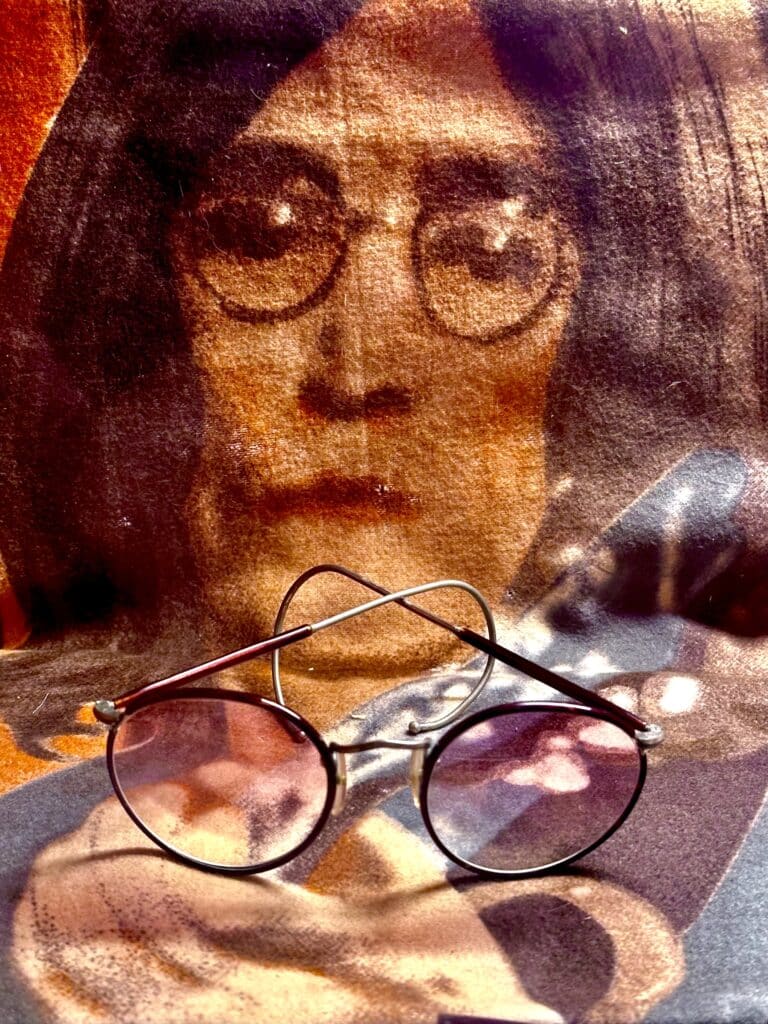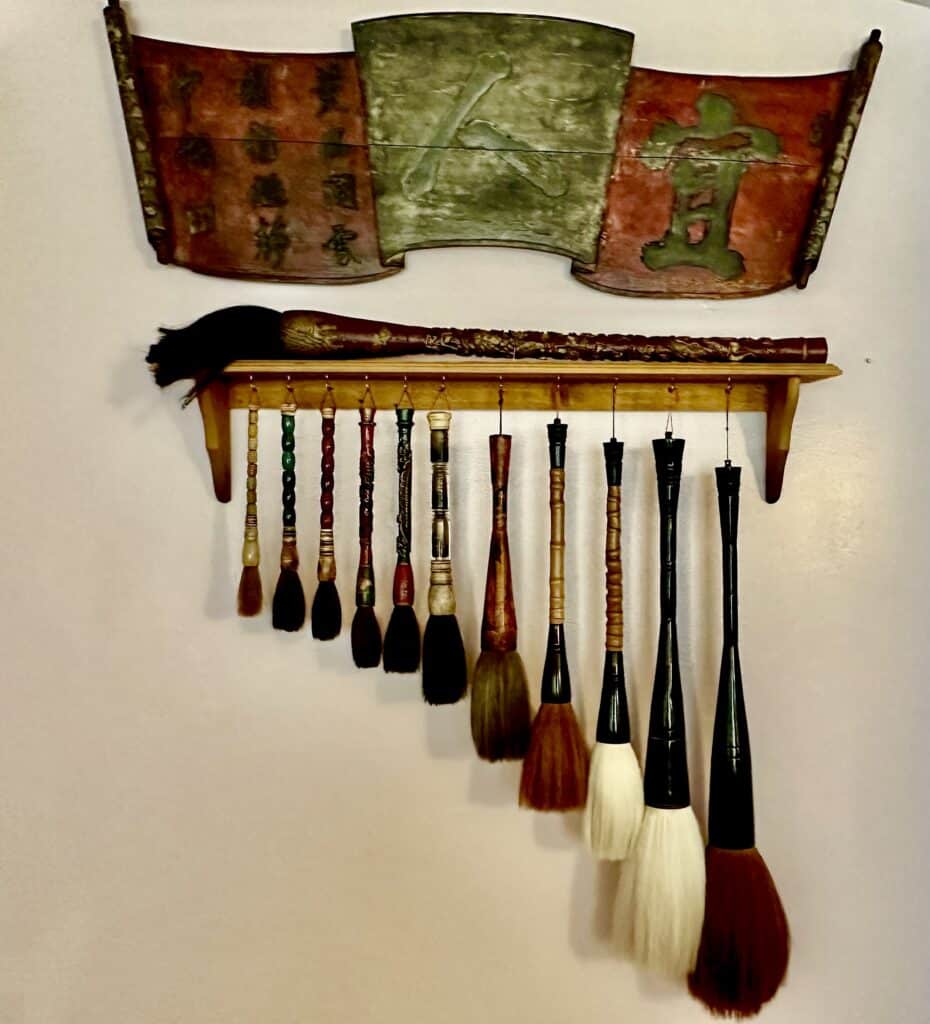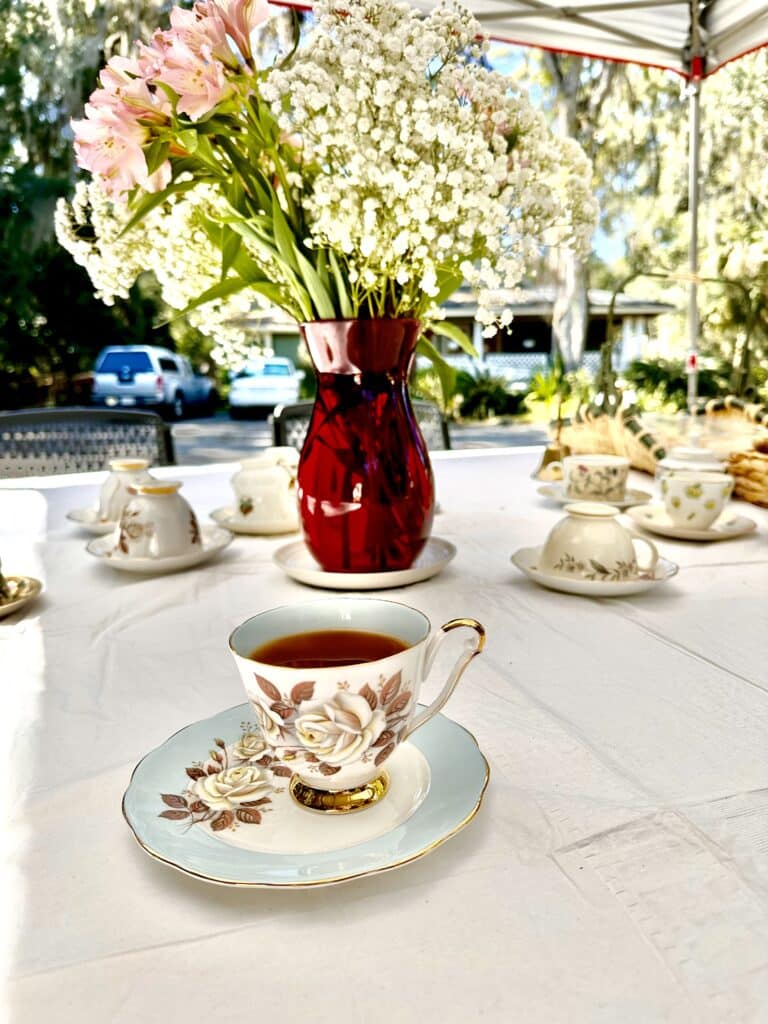Theatre of Memory: A Thematic Museum Celebrating the Beauty of Humanity

My father is fond of saying, “Curiosity is a sign of intelligence.” Well, if this is a true statement, then Bill Hutchinson is undeniably a genius. What is Bill curious about? In short, everything. His museum collection leaves visitors with one overriding sentiment: that he is a person who is curious about his fellow man. Across all epochs, cultures, languages and backgrounds, Bill finds something curious, fascinating and worthy of collecting. Spending an hour perusing his museum leaves one with the sense that the human experience is worth learning about. Lesson #1 – appreciating various cultures’ histories, languages and experiences helps us all make sense of the world.
Welcome to Theatre of Memory
Welcome to Theatre of Memory in Gainesville, Florida, which is essentially one man’s personal collection of historical artifacts gathered over a span of about 50 years. As passion projects go, this one is particularly impressive. After his experiences as a very young GI in the Vietnam War, Hutchinson searched for a way to make sense of the world. It all started with a few seashells. The text panel on the wall of the seashell room reads,
“Upon returning from the war, my experiences in the combat infantry had left me feeling that the world seemed to be a cruel and stupid place. Seashells brought me great solace in that they displayed an elegant, natural beauty and a tremendous diversity of form within a unity of principle. It took me a while to recognize the somewhat macabre nature of collecting the skeletons (exo) of my fellow creatures. I resolved to somehow share the evidence of this natural beauty and diversity so as to make them, in some way, live again.”
Nearly 50 years later, his collection had grown so large that he opened his own museum.

A Gold Mine for Museum-addicted Travelers
As a museum-addicted traveler, I am learning that thematic museums are my favorite. On a visit to Oxford, England, I visited the Pitt-Rivers Museum and found artifacts organized, not chronologically, but rather, thematically and was enthralled. For example, a visitor might find armor from different time periods and cultures, constructed of different materials all displayed together. Theatre of Memory employs this technique too and it is very effective.
There truly is something here for everyone. Historic manuscripts, rare shoes from various countries and eras, teapots from around the world, a pair of John Lennon’s glasses, seashells, pioneer tools, Asian scholar stones, unique writing utensils from around the world and the list goes on. It is all here and it is extraordinary.
For example, in the shoe room, patrons find antique and unique shoes from around the world that are haute couture, utilitarian, Hollywood-esque, sacred, quirky and just plain swoon-worthy.
In a small passageway between galleries, he displays historic documents and objects related to the slave trade. Some items remain respectfully concealed behind wooden covers bearing a discreet “trigger warning” sticker. Visitors choose whether to open or not. On the wall appears this statement: “This exhibit is not offered as an opportunity to hate oneself or others, as in that popular narrative. Recovering from war through psychology taught that a trauma that is addressed and acknowledged may begin to heal. So, it may be in the body politic.”
A friend of mine once said, “old houses have stories to tell.” For Hutchinson, the concept is the same. His objects have stories to tell, and we need to touch them, hear the stories, and learn the lessons.
Some artifacts have changed hands several times and Hutchinson is lucky enough to know the story of their provenance. For example, he said, “I ended up with a tiny piece of limestone formed by tiny creatures in profoundly remote ages. There’s plenty of that around, but this chunk came from 30 feet below the summit of Mt. Everest, collected by Edmund Hillary when he and Sherpa Tanzig Norgay made history. The University at Cambridge gave it to astronaut Al Woden when he spoke there after his trip to the moon. Al traded it for some autographs to a friend of mine, a dealer, who passed it on to me.”

Take Your Time Exploring the Theatre of Memory
A visit to the Theatre of Memory takes anywhere between one and three hours depending on the visitor. If Hutchinson happens to be onsite and available to show you around, plan for several hours. He’s a master storyteller and you won’t want to miss a single one.
In fact, he even has great stories about pieces that he never acquired at all. Hutchinson isn’t one to have regrets. However, when asked if there was ever an item that he had the opportunity to buy but didn’t (and wished that he had) he tells this story.
“In Groton, Connecticut, across the water from Electric Boat, the company that built the USS Nautilus, the first nuclear submarine, an old guy (probably younger than I am now) had bought pieces of the Nautilus when it was decommissioned. I bought or traded a spare reactor rod but couldn’t afford the compass from the retired boat. At $500 it might as well have been a million. Absolutely out of reach. But I still grieve that I had a chance to buy the first compass to go UNDER the North Pole and missed it.”

Theatre of Memory’s Unique Experiences
Admission to the museum is free because Hutchinson wouldn’t have it any other way on principle. Hutchinson has garnered a following of loyal fans. As a lifelong musician himself, Hutchinson also offers a small performance space. These small concerts often have an entry fee that helps both the performers and the museum. During a fundraiser/open house for the facility, a trio played in the center of the historic home that houses the museum, while visitors crisscrossed past to access the various smaller galleries in every corner. Outside in the yard, volunteers served visitors hot tea and scones. A bagpiper greeted guests in the parking lot. Why? Because they are all friends of Hutchinson’s, have stories of their own to tell, and believe in the museum’s mission.
Theatre of Memory stands alone among the museums of Florida. In this post-pandemic world, psychologists say more and more people struggle to make sense of the world. Perhaps Bill Hutchinson has found one solution. Put your curiosity to work for you. Learn what is important to your fellow man and you will likely find out what’s important to you along the way.
Book Your Stay NOW in Gainesville, Georgia

Erica Chatman is a freelance writer whose work often focuses on the art and culture she finds in various destinations. While she used to reside full-time in North Florida, she now travels full-time, often spending six months or a year in a new place. Her unusual lifestyle is documented on her blog, MrsHomeFree.com. Her previous work has been featured on PassionPassport.com, GoWorldTravel.com, WorldFootprints.com and on BudgetTravel.com.